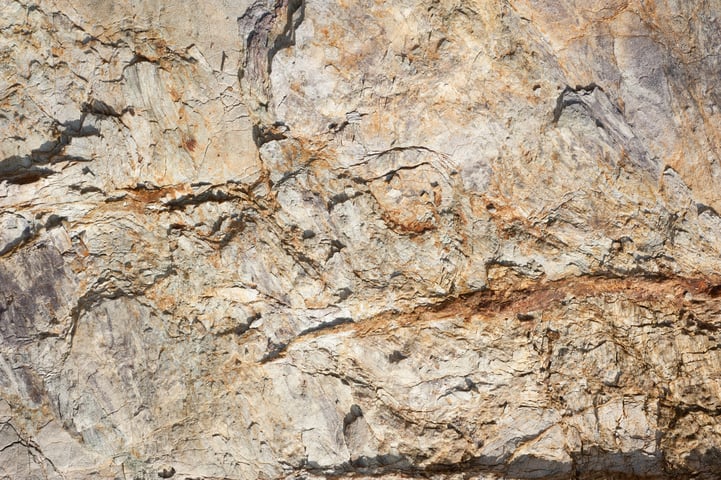
It is estimated that 50 to 60 % of the world’s oil is in carbonate reservoirs. Recovery factor for all types of reservoirs is about 35 %. However, it is typically lower for carbonates than sandstone reservoirs. There are several reasons for this, but one of them is related to wettability. Carbonate reservoirs are characterized as intermediate to oil- wet. This leads to a tendency of the oil to adhere strongly on the rock surface inhibiting the oil recovery with the non-wetting phase injection such as water flooding. Altering the wettability of the carbonates has been proposed as one of the main mechanisms for enhanced oil recovery.
The main factors affecting wettability alteration are oil composition, brine chemistry, rock surface morphology and the system temperature, pressure and saturation history. Enhanced oil recovery (EOR) methods used in carbonate reservoirs can be divided into three categories; gas, chemical and thermal methods.
Wettability alteration can happen due to various mechanisms depending on the enhanced oil recovery methods used. In chemical flooding for example, used surfactants will adsorb on the rock surface causing changes in the wetting behavior. Different types of nanoparticles and nanofluids have also gained a lot of interested as EOR chemicals. Low salinity water flooding is another heavily investigated method. There, the wettability alteration mechanisms are not completely understood but it is thought to be related to interactions of ions such as Na+ and Ca2+ with the rock surface.
To read more about wettability alteration in carbonate reservoirs, please download the overview below.
Nanoparticles alone or integrated with conventional enhanced recovery processes have shown promising performance in improving oil recovery.
Studies show the influence of EOR agents on the reservoir rock wettability. Studies are not considering the reservoir conditions i.e. high pressure.
There are three commonly used wettability measurement techniques for oil reservoir characterization; Contact angle, Amott-Harvey, and USBM.
Using so-called smart water flooding has increased interest in both sandstone and carbonate reservoirs due to its low cost and minimum impact on the environment.
Most commonly used methods to study reservoir wettability are Amott-Harvey, USBM, and sessile drop contact angle.
Different enhanced oil recovery methods are used to alter the wettability of the reservoir rock. To study the wettability alteration at the reservoir conditions, an instrument where the measurements can be done at high pressures and temperatures are needed.
Unconventional oils, such as heavy oil, extra heavy oil, and bitumen, normally exist tightly on host solids such as rocks, sands and clay minerals. Successful liberation of unconventional oil from solids is essential for effective recovery.
In enhanced oil recovery wettability plays an important role as that determines the interactions between the solid (rock) and the liquids in the reservoirs (crude oil, brine). Wettability has been recognized as one of the key parameters controlling the remaining oil-in-place.
